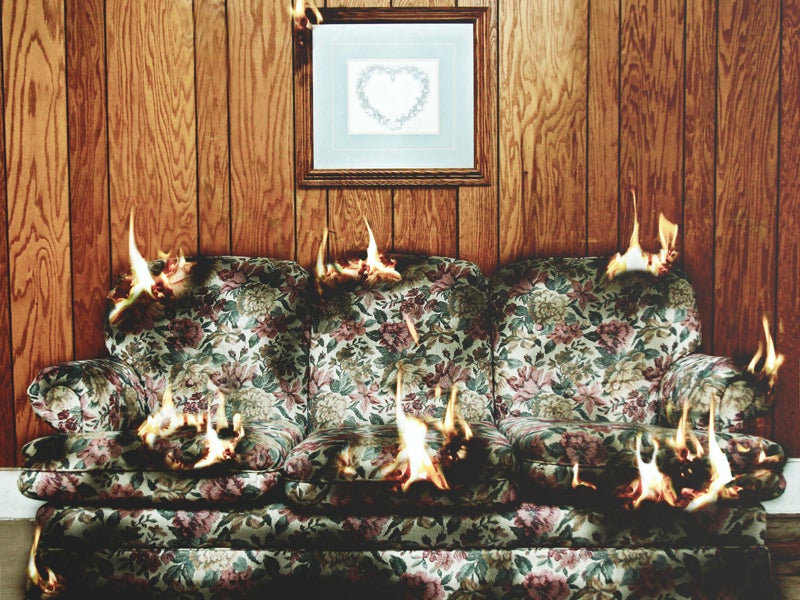Defending Improved Furniture Flammability Standard
When flame retardant-treated furniture burns, it releases more carbon dioxide, smoke and soot than untreated furniture, and also produces known carcinogens, increasing the health and safety risks to firefighters and consumers. In addition, even in the absence of fires, many flame retardants easily migrate into household dust and indoor air, and have been linked to a range of adverse health effects.
Case Overview
A coalition of fire safety and health groups has intervened to support the recently updated California furniture flammability regulations, which have been challenged by the major chemical manufacturer Chemtura. Effective January 2014, the revised regulations provide stronger protections against the leading causes of furniture fires, and allow furniture manufacturers to reduce their reliance on harmful flame retardant chemicals.
Earthjustice is representing the California Professional Firefighters, Center for Environmental Health, Friends of the Earth, Natural Resources Defense Council and Physicians for Social Responsibility-Los Angeles, in order to support the revised regulations issued by California Bureau of Electronic and Appliance Repair, Home Furnishings and Thermal Insulation.
The revised furniture flammability standard, contained in Technical Bulletin 117-2013, provides improved protections against smoldering ignition sources (such as smoldering cigarettes on fabric) which are the major source of upholstered furniture fire deaths. It also allows manufacturers to satisfy the standard, while reducing their reliance on harmful flame retardant chemicals. In so doing, the revised standard provides better protections to both firefighters and consumers. When flame retardant-treated furniture burns, it releases more carbon dioxide, smoke and soot than untreated furniture, and also produces known carcinogens, increasing the health and safety risks to firefighters and consumers. In addition, even in the absence of fires, many flame retardants easily migrate into household dust and indoor air, and have been linked to a range of adverse health effects, from reduced IQs in children, reduced fertility, endocrine and thyroid disruption, and impaired fetal and infant development.

Case Updates
Case page created on April 14, 2014.


